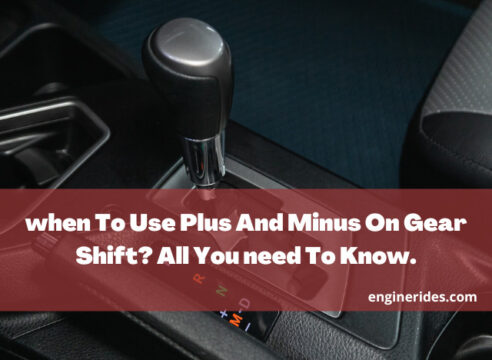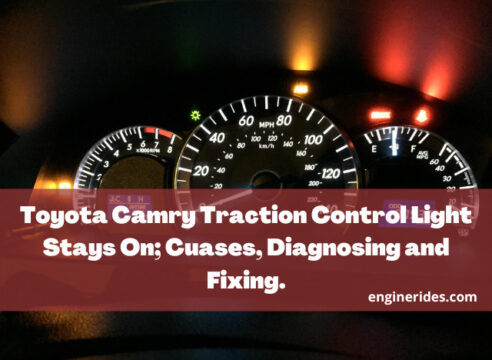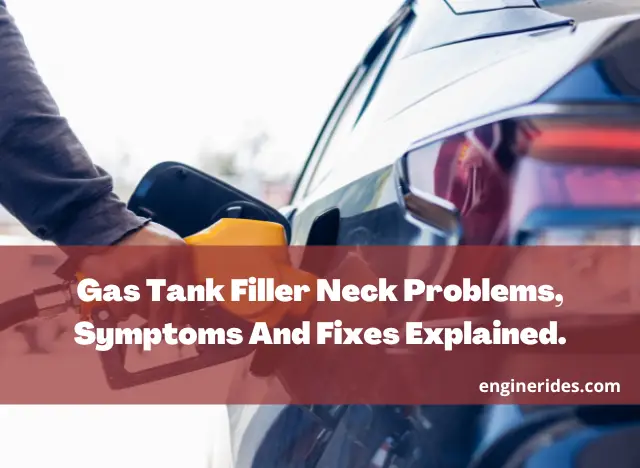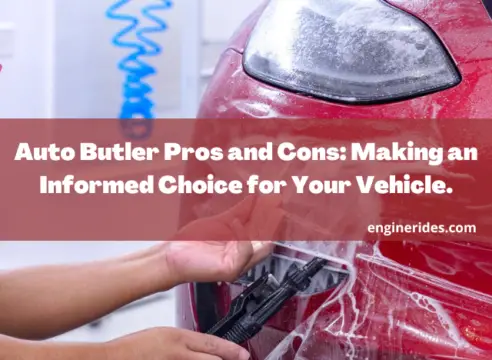Is Overinflating Your Tires by 5 PSI a Bad Idea? Let’s Find Out!
When it comes to taking care of our cars, there’s one thing we can’t afford to overlook – our tires. They are the literal foundation of your vehicle, and keeping them in good shape is crucial for your safety and your car’s performance.
But what happens when you overinflate your tires by 5 PSI? Is it a bad idea? In this article, we’ll break down the answer to this question in simply making anyone can understand what we discuss here. Welcome to EngineRides.
What’s the difference between max tire pressure vs recommended tire pressure?

In simply, the recommended tire pressure is the ideal air pressure level specified by the vehicle manufacturer, ensuring optimal performance and safety. It’s found in the owner’s manual or on the door jamb sticker. In contrast, the max tire pressure indicated on the tire sidewall represents the absolute upper limit that a tire can safely hold without risking damage or blowout.
Exceeding the maximum pressure is dangerous. While following the recommended pressure is crucial for safe and efficient driving, the max pressure serves as a safety limit, emphasizing the importance of never overinflating your tires beyond this point.
What are the symptoms of overinflated tires?
Overinflated tires exhibit several noticeable symptoms. These include a harsh and uncomfortable ride due to reduced tire sidewall flexibility, increased road noise, and a tendency for the vehicle to bounce excessively.
Handling becomes less stable, especially during cornering or on uneven surfaces, which can compromise safety. Braking distances may lengthen as the reduced contact area with the road reduces traction.
Additionally, overinflated tires may exhibit uneven wear patterns, with excessive wear in the center of the tread. Drivers may also notice increased sensitivity to road imperfections, making for a less enjoyable and less controlled driving experience.
Can Bad Alignment Cause The Traction Control Light To Come On?
Engine rides
What do we really call Overinflation?
To start, overinflation means putting too much air into your tires (more than the recommended range of pressure). It might sound harmless, but it can lead to a bunch of problems.
01.Safety Risks
First and foremost, safety is a big concern. Overinflated tires can increase the risk of a blowout. When your tires are overinflated, they can’t absorb the bumps and shocks from the road as effectively, which makes your car feel less stable. This can be especially tricky in challenging driving conditions, like on slippery roads or during sudden turns.
Moreover, overinflated tires can make your car take longer to stop. This happens because there’s less tire touching the road, which means less grip. So, when you hit the brakes, your car might slide or skid, making it harder to stop and increasing the risk of accidents.
02. Premature Tire Wear
Overinflation doesn’t just affect your safety and fuel costs; it can also wear out your tires faster. When you overinflate, the center of your tire takes on more weight, causing it to wear out quicker.
Plus, it can make your tire look like a balloon, which isn’t great for grip. The result? Uneven tire wear and a shorter tire lifespan.
03. Maintaining Proper Tire Pressure:
The key to avoiding these problems is to maintain the right tire pressure. How do you do that? Simple. Check the recommended tire pressure levels from your car’s manual or the sticker on your car door. Use a tire pressure gauge to measure it. You should do this at least once a month or before long trips.
Don’t forget to check your tires for wear and damage, rotate them every 5,000 to 8,000 miles, and keep them properly balanced and aligned. By doing this, you’re ensuring your tires stay in good shape and, in turn, your car’s safety and performance.
04. Temperature Matters:
One thing to keep in mind is that tire pressure changes with temperature. It’s best to check and inflate your tires when they’re cold – that’s before you’ve driven on them for a while. Why? Because tire pressure can drop by 1 to 2 PSI for every 10-degree change in temperature. So, when it’s hot in the summer, your tire pressure increases, and in the cold of winter, it decreases.
To get the most accurate reading, check your tire pressure in the evening or after your tires have cooled down. This will help you maintain the right inflation levels.
Is Overinflating Your Tires by 5 PSI a Bad Idea?
Yes, Overinflating your tires by 5 PSI is generally not a good idea. As we’ve discussed, it can lead to various issues, including safety risks, reduced handling and stability, longer braking distances and increased tire wear.
Overinflated tires are less able to absorb shocks from the road, making driving on challenging surfaces more difficult.
Moreover, they have a smaller contact patch with the road, reducing traction, which can lead to skidding during braking.
While there might be marginal improvements in fuel efficiency, the potential drawbacks, including safety hazards and increased maintenance costs, make sticking to the recommended tire pressure a wiser choice for everyday driving.
How to Fix Overinflation on Your Own?
But what if you’ve already overinflated your tires? Is there a way to fix it? Yes, you can deflate them to the recommended levels. All you need is a tire pressure gauge and a valve stem tool.
First, remove the valve cap from your tire’s valve stem and place the gauge on the stem. Press until you hear a hiss – that means you’re getting a reading. Record the current tire pressure.
Now, use the valve stem tool to release air gradually, checking the pressure regularly until you reach the recommended level. Be careful not to remove too much air too quickly; this could harm your tire.
How to Inflate Your Tires Properly?
If your tires are underinflated, you face other issues. Handling becomes trickier, fuel economy worsens, tire wear is uneven, and your suspension and wheel rims can be damaged.
To avoid this, it’s important to know how to inflate your tires properly. Here’s a step-by-step guide:
Step 1: Check the Recommended Pressure: Find the recommended tire pressure in your car manual or on the driver’s side door jamb.
Step 2: Gather Your Tools: You’ll need an air compressor and a tire pressure gauge.
Step 3: Remove the Valve Cap: Take off the valve cap, but make sure not to lose it.
Step 4: Check the Current Pressure: Use the gauge on the valve stem and check the reading against the recommended pressure.
Step 5: Inflate If Necessary: If the pressure is too low, attach the air compressor to the valve stem and start inflating. Keep checking until you reach the recommended level.
Step 6: Double-Check: After inflating, use the gauge again to make sure you’ve reached the right pressure. Don’t forget to put the valve cap back on.
Toyota Camry Tire Pressure; Everything Explained
engine rides
Is there any benefits of over-inflating tires?
Overinflating tires can offer a few limited benefits. Firstly, it can lead to a slight improvement in fuel efficiency, as the reduced rolling resistance requires less energy for the vehicle to move. Secondly, overinflated tires might provide better responsiveness and cornering stability, which could be desirable for some high-performance or racing situations.
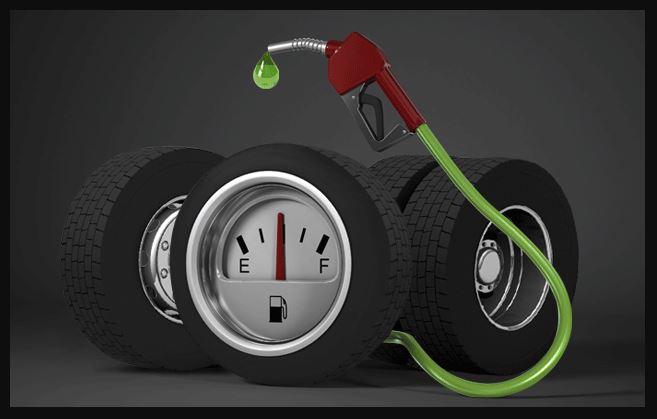
However, these benefits are marginal, and the risks of overinflating tires, such as reduced traction, uneven wear, safety hazards, and discomfort, typically outweigh these potential advantages. Therefore, maintaining the recommended tire pressure for your vehicle is generally the safer and more practical choice for everyday driving.
Conclusion
So, is it bad to overinflate your tires by 5 PSI? Yes, it can lead to several problems, including safety risks, worse fuel economy, and premature tire wear. Maintaining proper tire pressure is essential for your car’s safety and performance. Also, remember that temperature can affect your tire pressure, so check and inflate your tires when they’re cold. If you’ve overinflated your tires, don’t worry; you can fix it gradually.
In the end, taking care of your tires is taking care of your car, your wallet, and your safety. So, keep those tires in check, and you’ll be on the road to smooth and safe driving.



